Photos: The Amazing Mummies of Peru and Egypt
Mummies across time
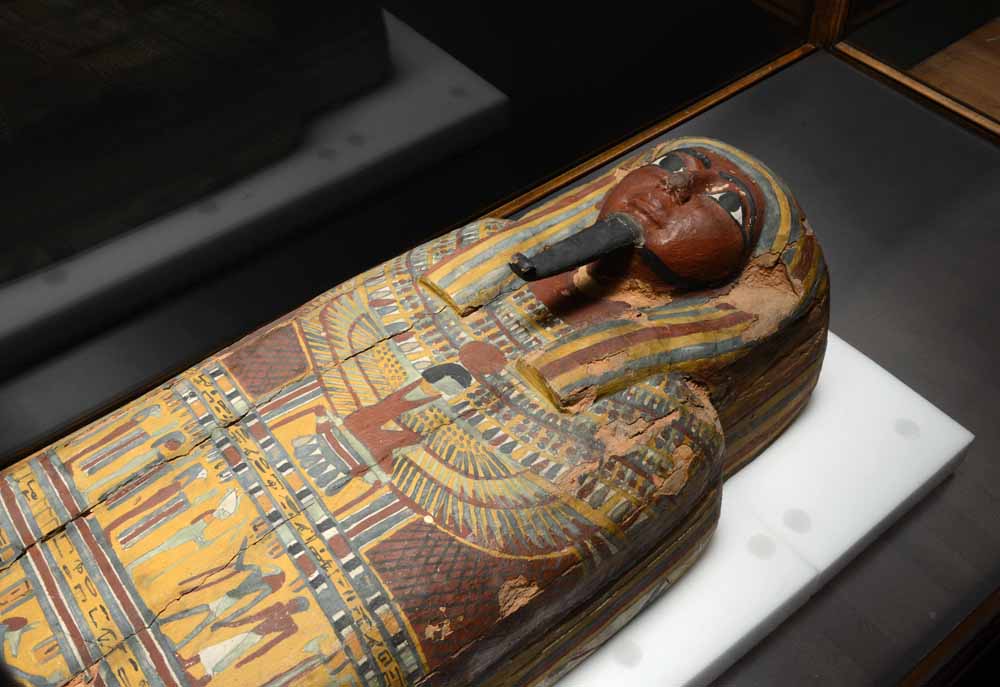
Archaeologists used to unwrap Egyptian mummies with much fanfare in front of crowds, a stunt that destroyed cultural history and disrespected the deceased individual. Now, researchers can use computed tomography (CT) scans to noninvasively learn about mummies without literally unwrapping them.
Here is a look at the science behind "Mummies," an exhibit about Peruvian and Egyptian mummies that runs from March 20 until Jan. 7, 2018, at the American Museum of Natural History in New York, and then returns to the Field Museum of Natural History in Chicago.
Read the full story here.
The "Gilded Lady"
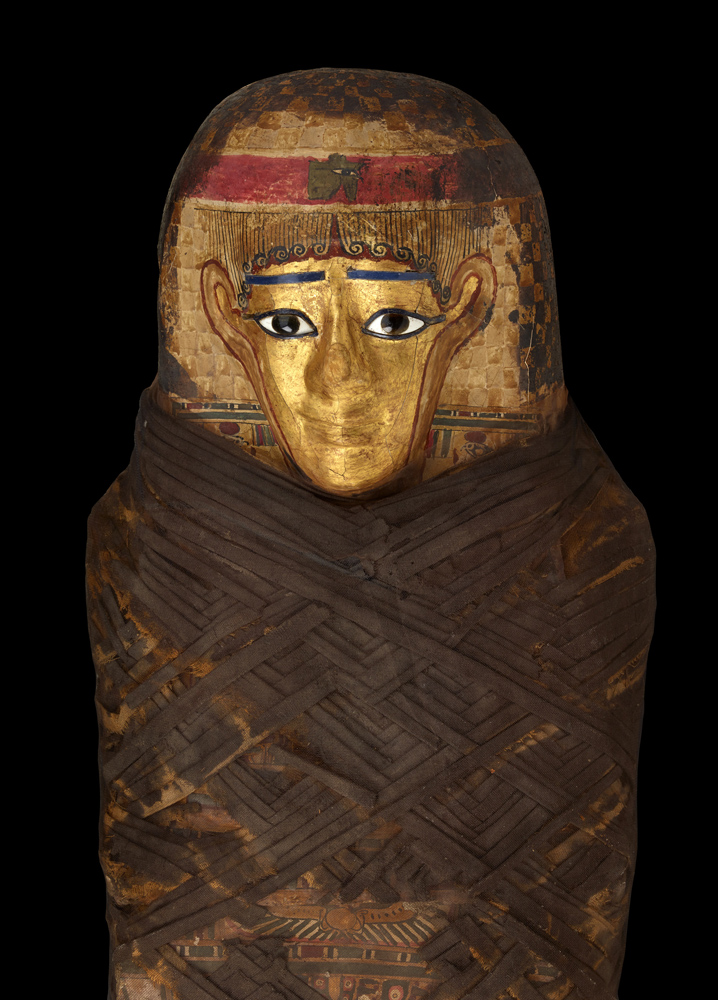
A special exhibit offering a detailed viewing of rarely seen Egyptian and pre-Columbian Peruvian mummies called "Mummies" is open at the American Museum of Natural History. One mummy included is known as the "Gilded Lady," a well-preserved mummy from Roman-era Egypt.
In full
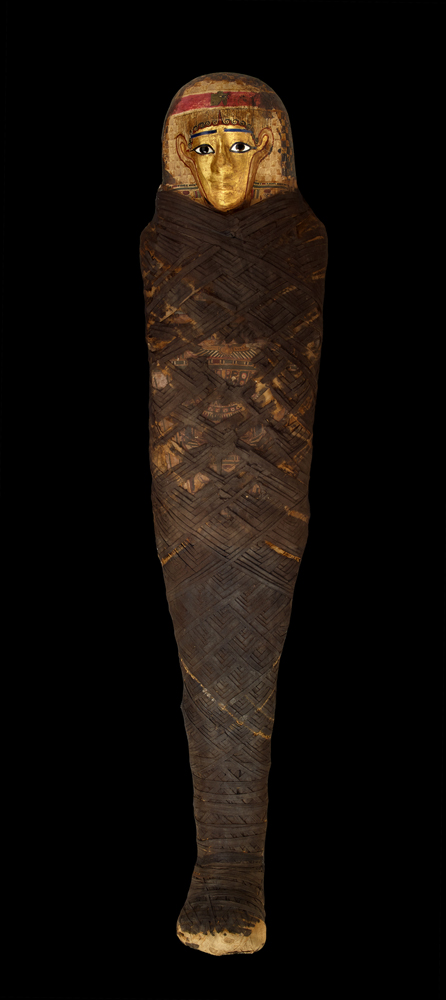
Egyptians used mummification to honor the dead and guarantee the deceased's spirits and bodies were reunited in the afterlife.
More ancient
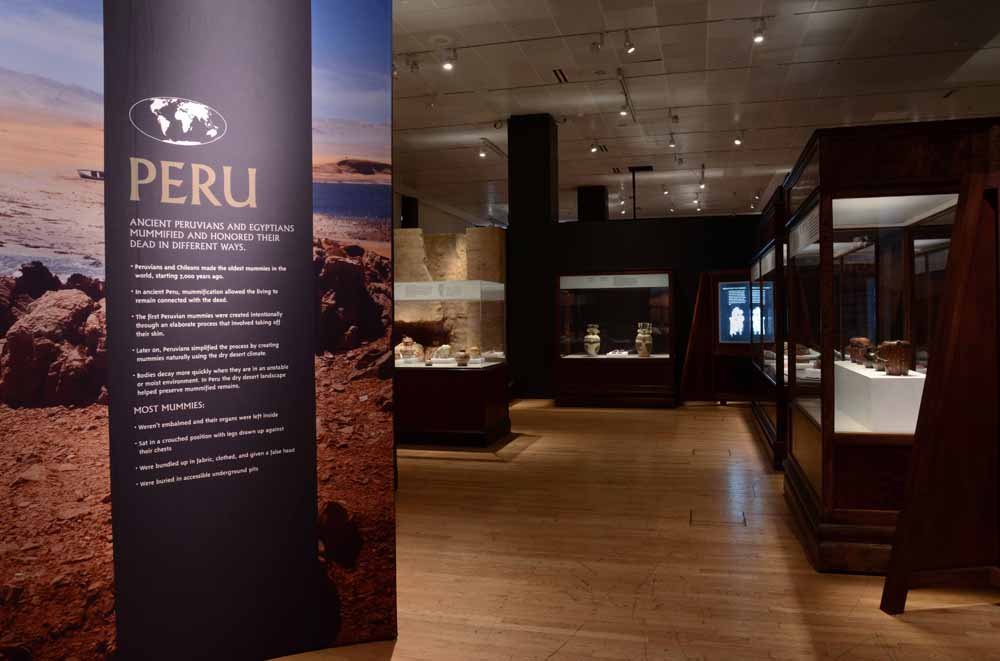
Mummification was used in many more areas than only Egypt. The exhibition presents preserved remains that come from South American cultures and were created at least 1,500 years prior to those from Egypt.
Complexity perfected
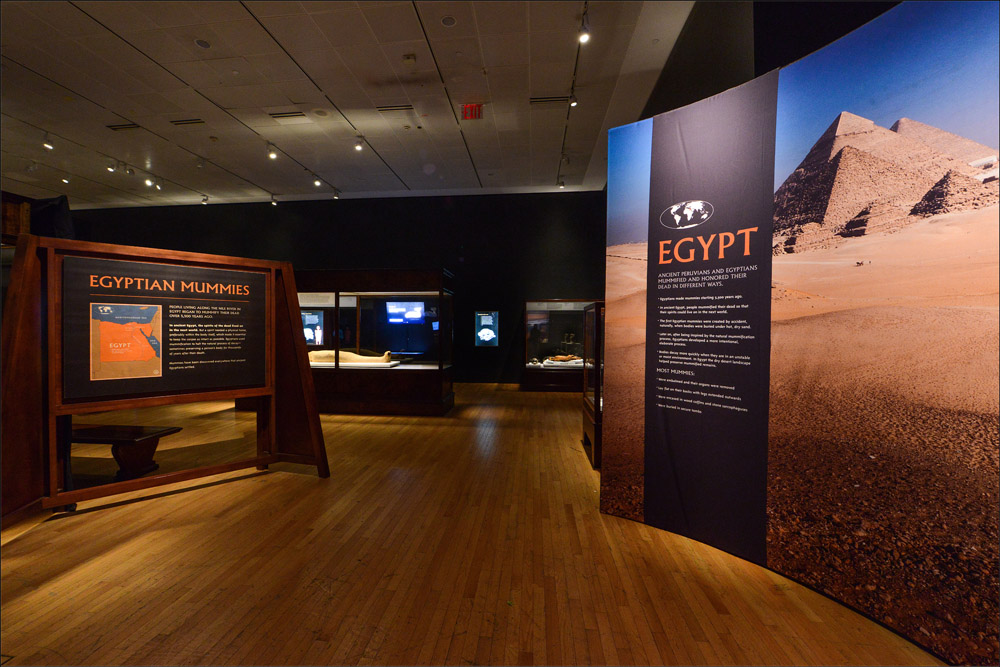
Egyptians employed a complicated process in their mummification practices, including detailed embalming rituals, beautifully decorated sarcophagi and magnificent burial tombs meant to discourage grave robbers.
Technology peers into history
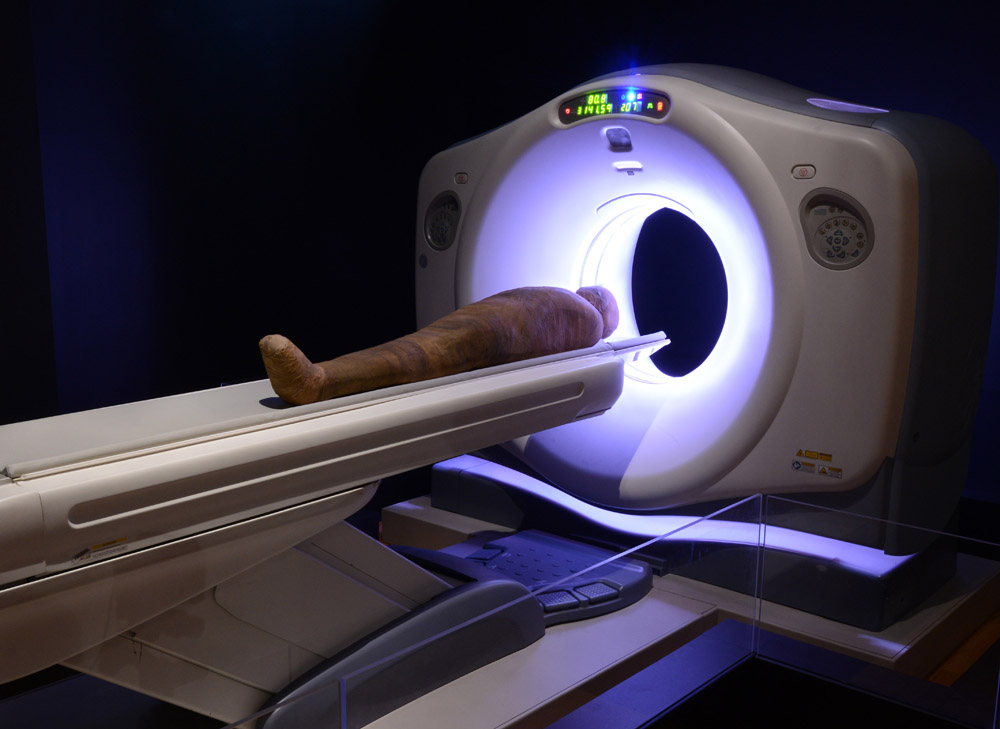
Present-day technology allows archaeologists to study ancient mummies without destroying the specimens. A computed tomography (CT) scanner snaps hundreds of X-ray images, noninvasively providing views of history.
3D-printed displays
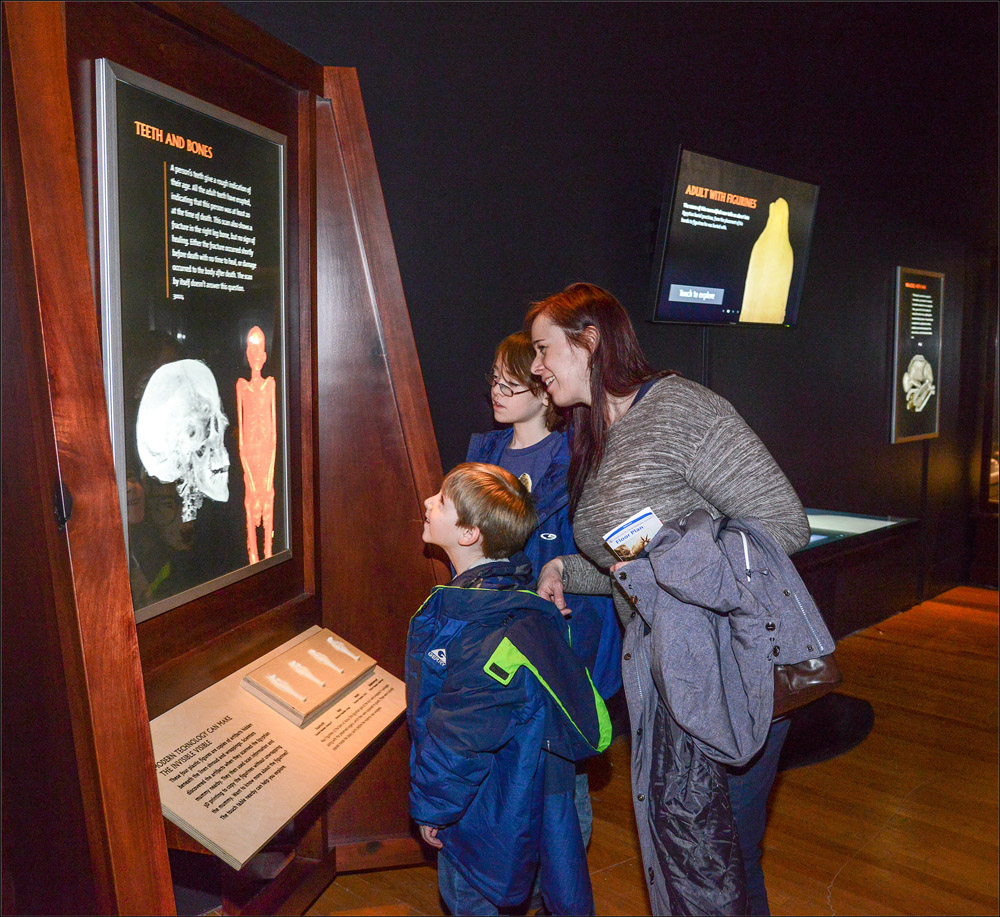
Using 3D printing, the "Mummies" exhibition allows visitors to physically explore different aspects of these ancient cultural practices. Figurine offerings from the Egyptian and Peruvian mummies are available for examination.
Sign up for the Live Science daily newsletter now
Get the world’s most fascinating discoveries delivered straight to your inbox.
Touch-screen learning
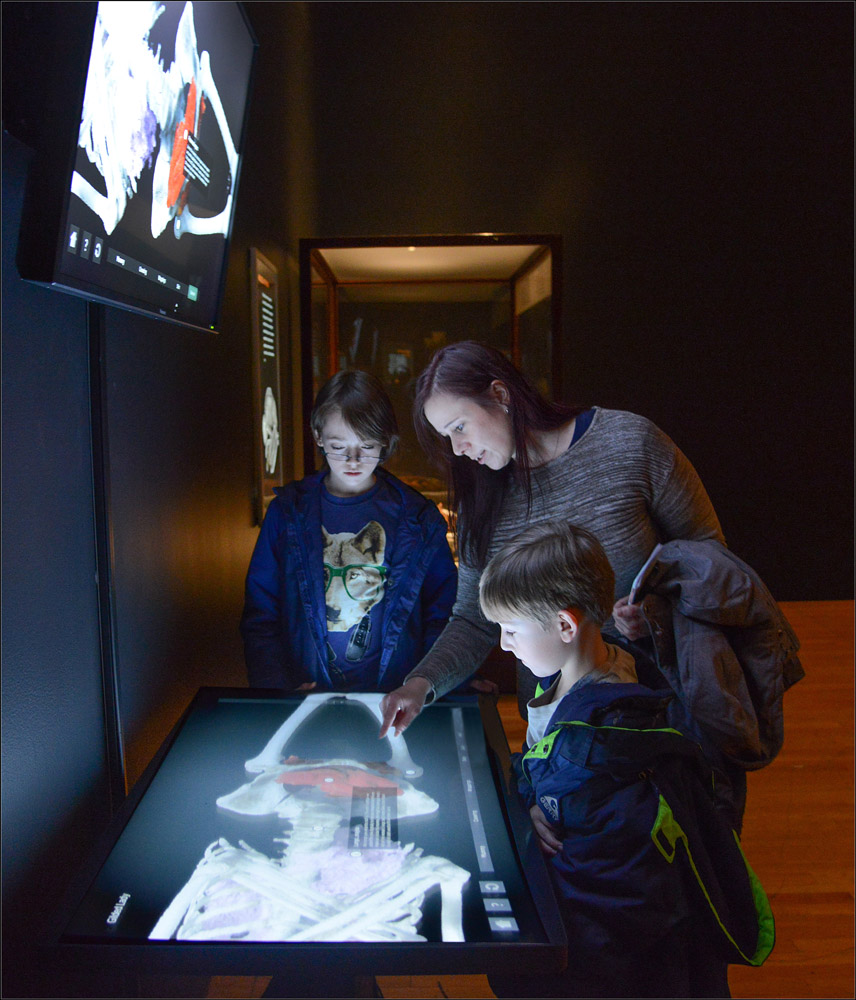
Discovering details about each layer of a mummy from either Egyptian or Peruvian culture is made simple and educational via interactive digital touch screens.
Colorful rituals
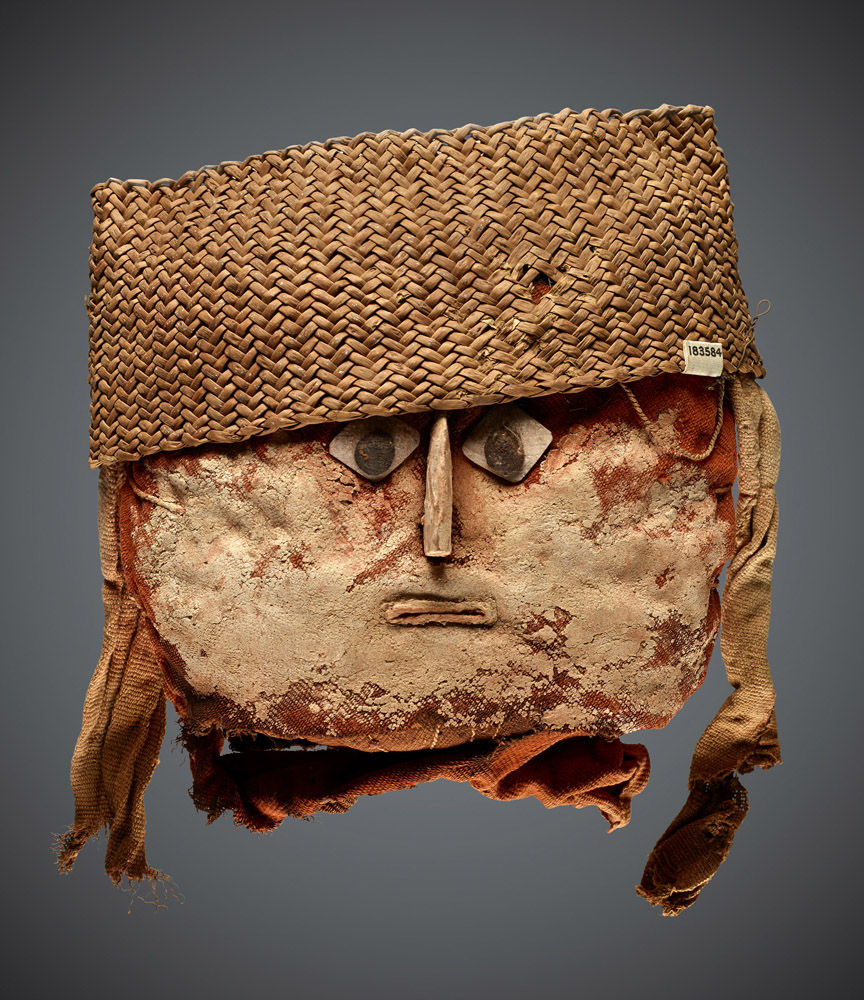
In Peru, people in the Chancay culture from a millennium ago would have topped the colorfully wrapped bodies of their mummified kin with uniquely decorated "false heads."
Peruvian pit burial
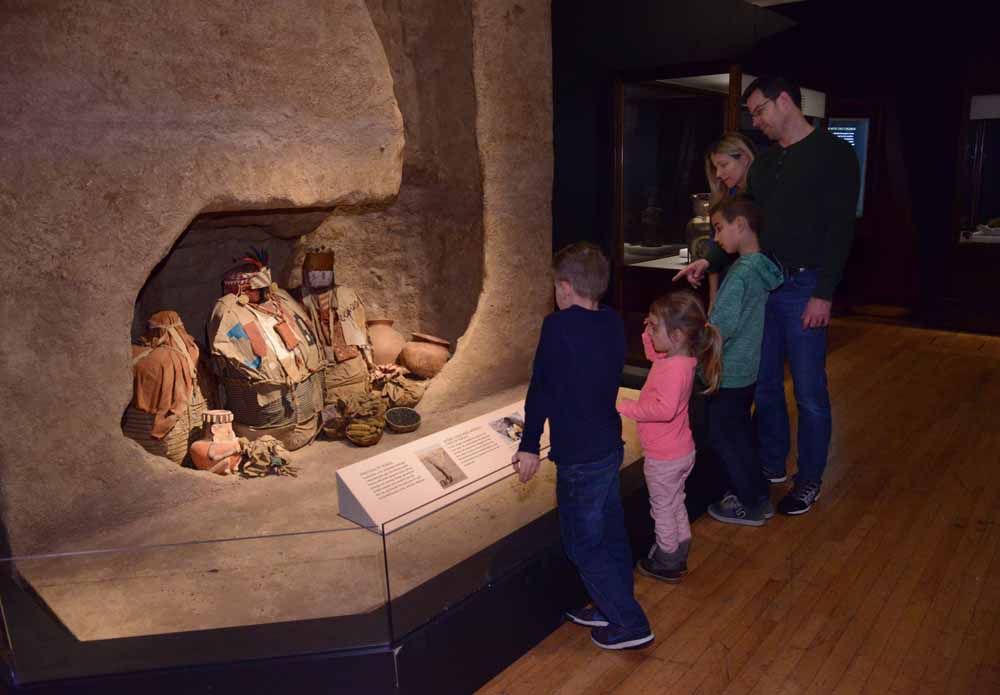
The Chancay culture practiced pit burials. In this exhibit, a life-size example shows how the entire extended family would have been buried together. Living family members could access the site to provide food and drink for the deceased loved ones. This access also meant mummies could be involved in festivals and special events with the living.
Corn beer
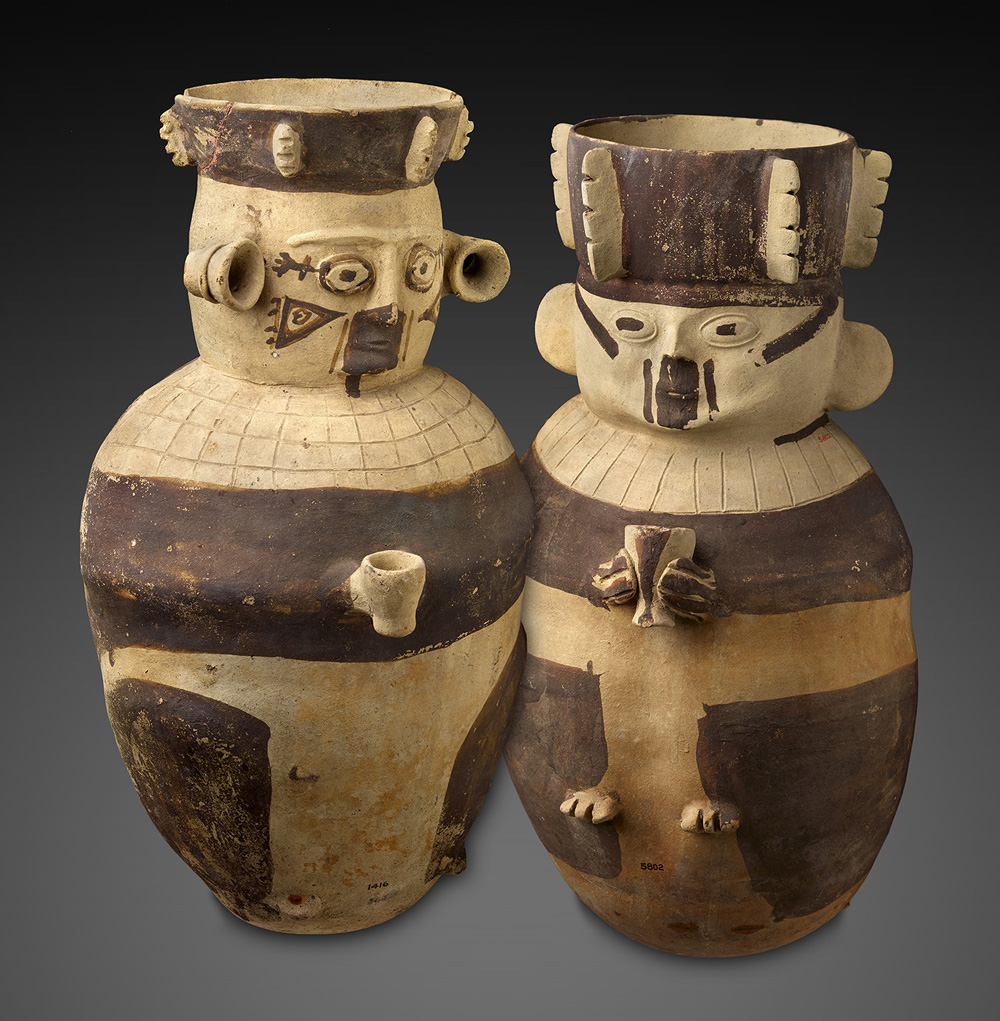
Mummies in the Chancay culture found in present-day Peru were often buried with pots filled with "chicha," or beer made from corn. The Chancay would often refill food and drink offerings for their loved ones.









